Long Wave Infrared (LWIR) is part of the infrared spectrum covering the wavelength range from 8 to 14 µm. Long Wave Infrared (LWIR) cameras and cores, also known as thermal imagers, are ideal for use in surveillance, homeland security, object detection and industrial and scientific applications.
Xenics, part of Exosens, Long Wave Infrared (LWIR) cameras and cores feature ultra-low noise and high sensitivity, allowing the camera to capture high-resolution images with exceptional clarity. Xenics Long Wave Infrared (LWIR) cameras and cores are designed for seamless integration into a variety of electro-optics systems.
Our long wave and very long wave infrared cameras and cores are designed for seamless integration into a variety of electro-optics systems. Explore further below to learn more about lwir camera technology, benefits, and our cutting-edge solutions:
- Learn more about lwir cameras
- Learn more about Power Grid And Lines Surveillance Solutions
- Exploring longwave infrared technology and its thermal imaging advantages
- Read the article New Ultra-Compact ITAR-free thermal camera core
- Exploring midwave infrared technology
- Exploring long wave infrared cameras
- Discover our short wave infrared cameras
- Discover our visible - near infrared cameras
- Exploring infrared technology
- Read more about Exosens, Xenics, Telops and Photonis brands
Need some answers? Ask our experts!
Contact us
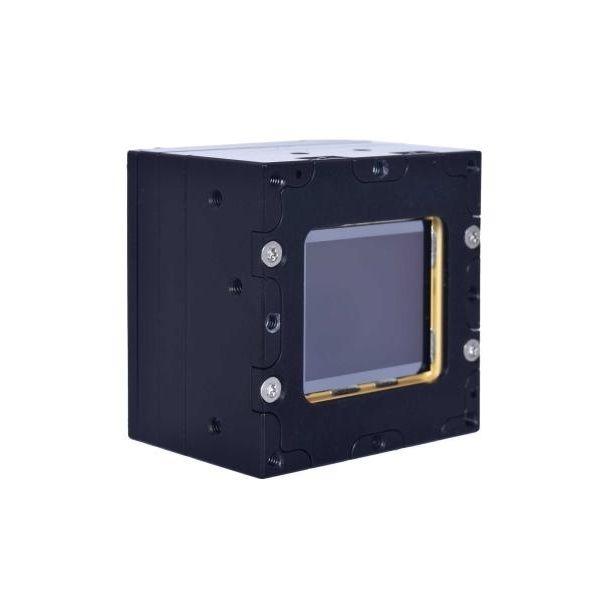

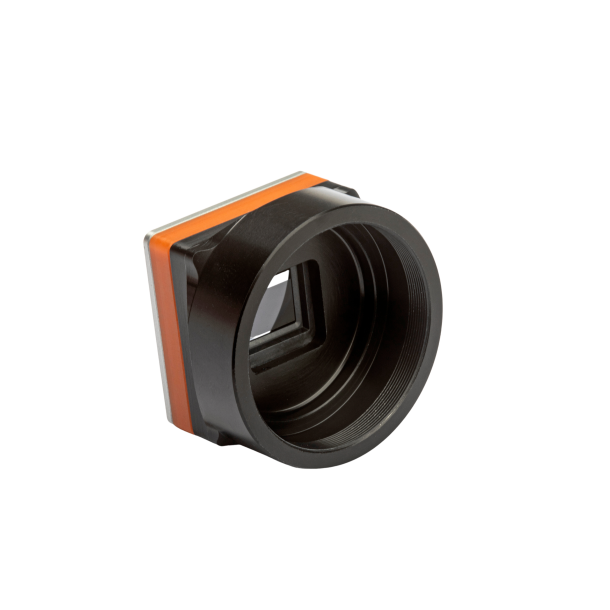

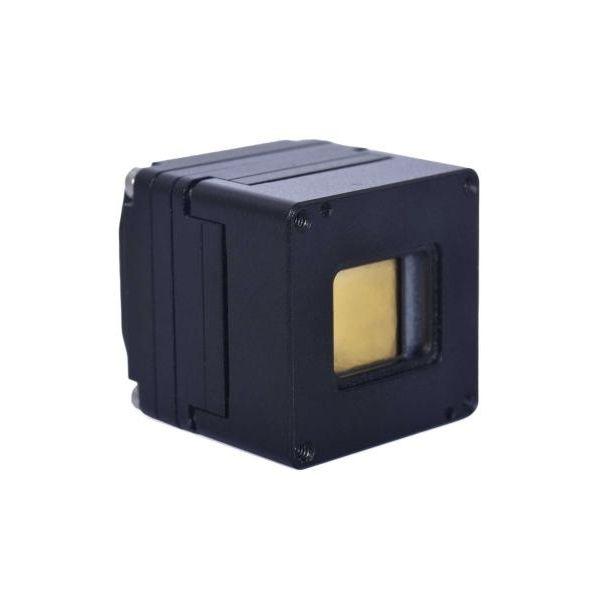



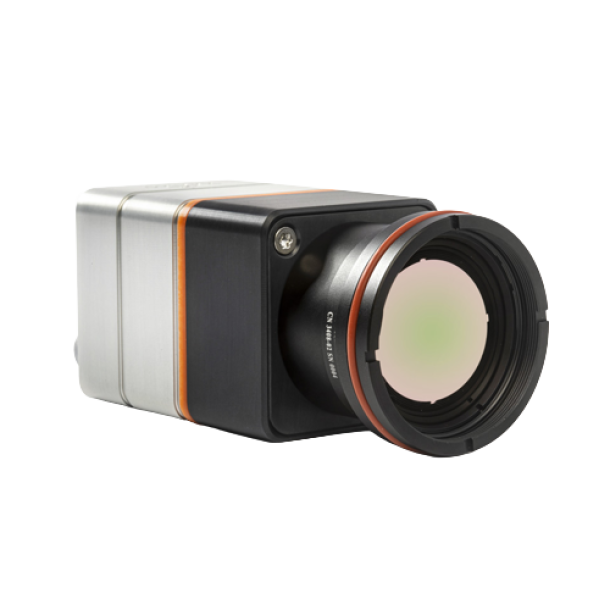

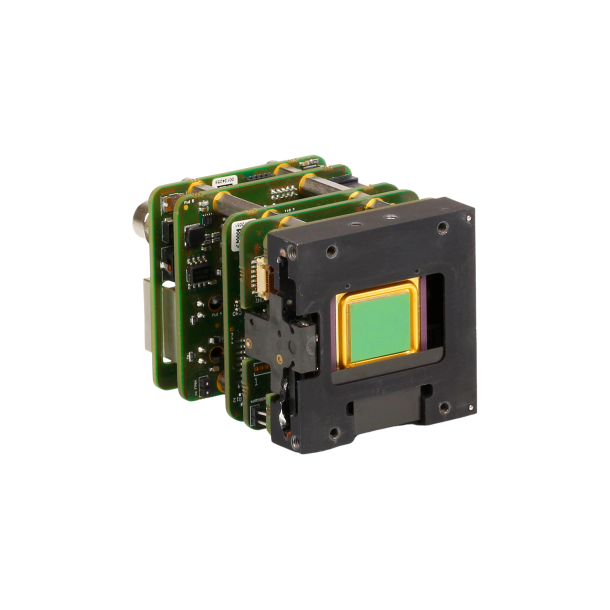



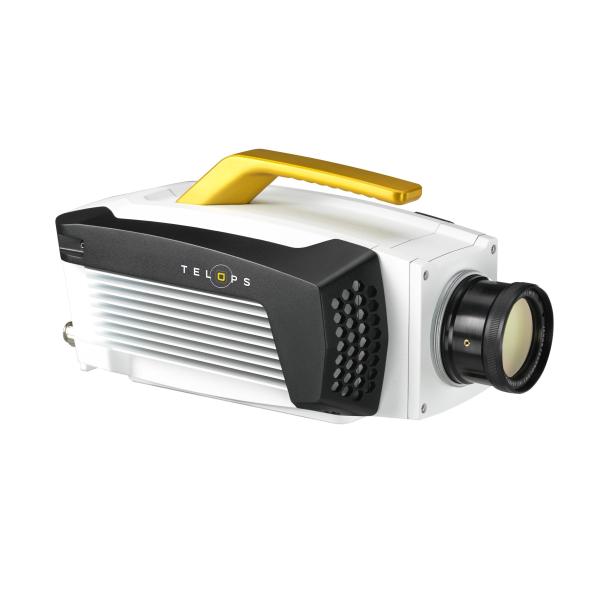





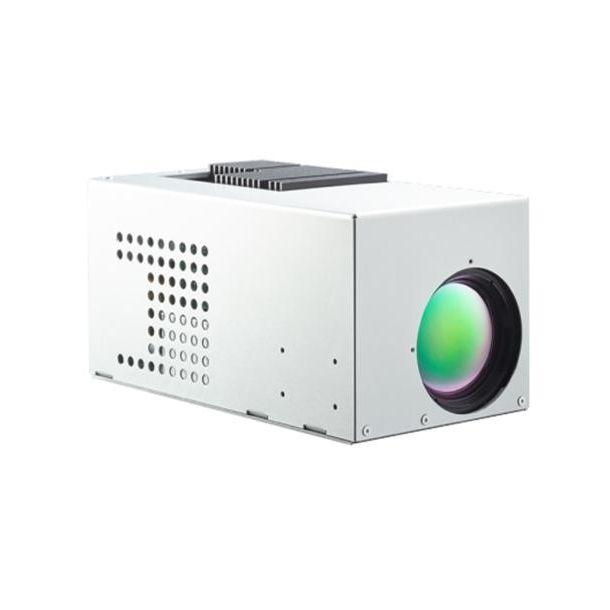

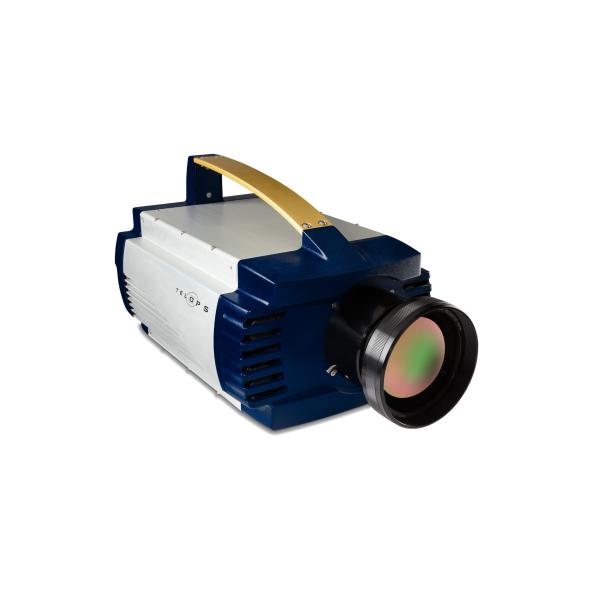



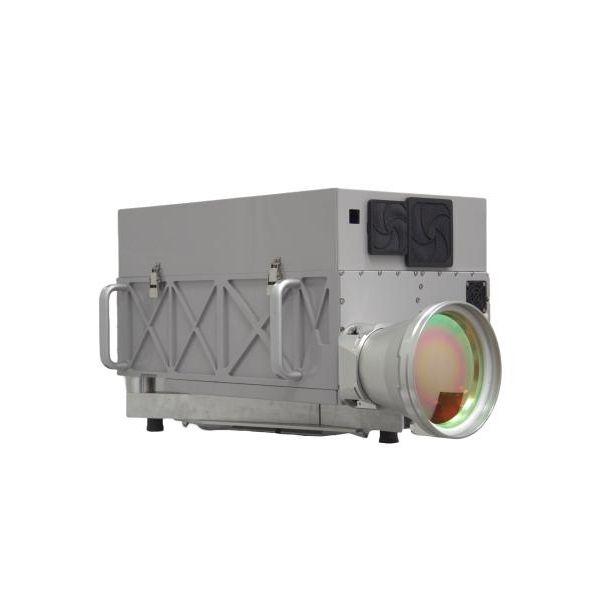

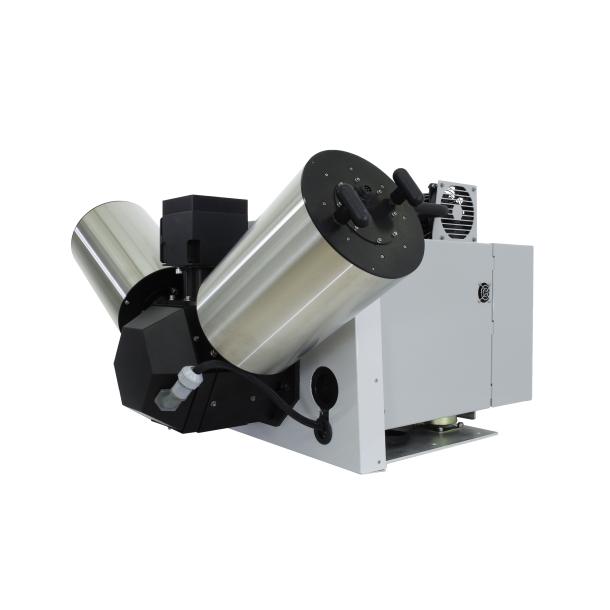





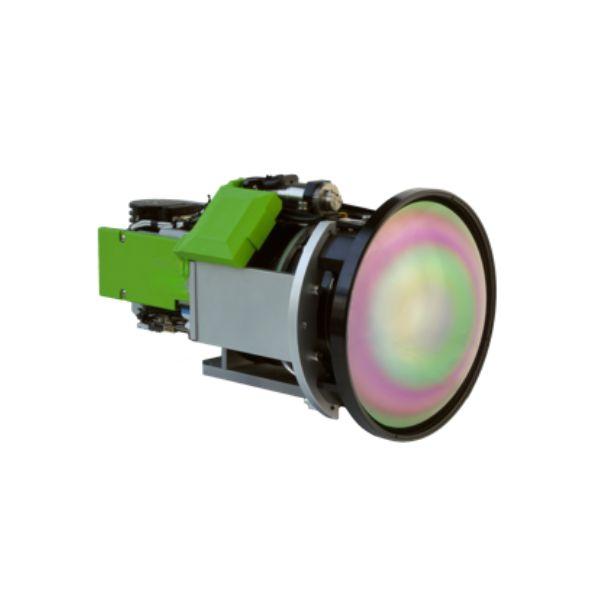

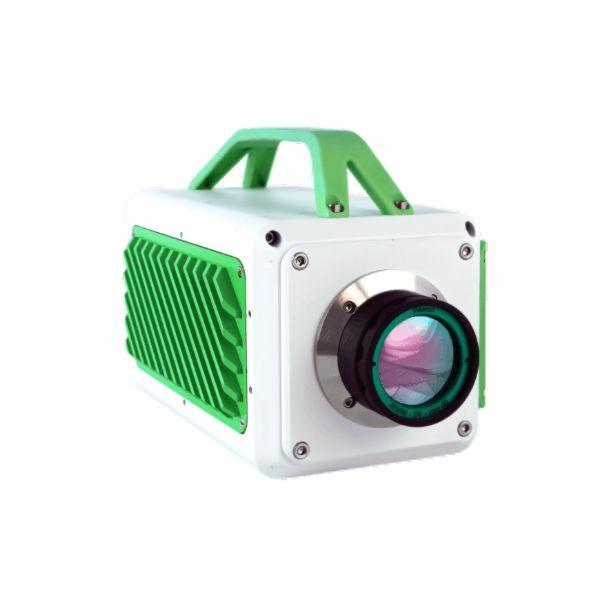

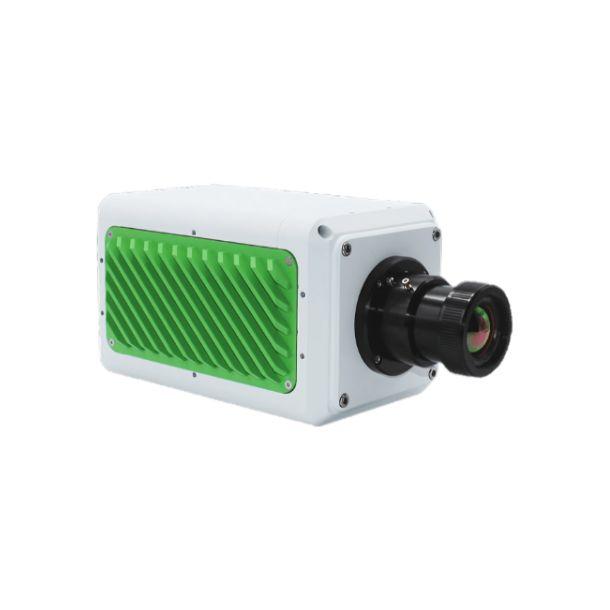
Frequently Asked Questions
What is a long-wavelength infrared (LWIR) or thermal camera?
A LWIR or thermal camera is a digital camera exclusively designed to captures the infrared radiation in the range between 8 to 14 µm, allowing it to create images based on temperature differences.
What is the difference between cooled and uncooled thermal cameras?
Cooled thermal cameras use a cooling system to enhance sensitivity and image quality, making them suitable for more demanding applications. On the other hand, the uncooled thermal cameras offering more compact and energy-efficient features that suitable for different dynamic applications.
Can LWIR cameras measure precise temperatures?
Yes, Xenics LWIR cameras are calibrated to provide accurate temperature measurements for specific applications, making them valuable for tasks like industrial monitoring and medical diagnostics. On the other hand, real-objects have varying emissivity profiles, and atmospheric conditions can affect the information. To get precise temperatures, one shall take into account for the true material emissivity and atmospheric transmission properties.
What is the thermal time constant?
The thermal time constant τth of a bolometer is determined by the thermal mass C and by the thermal conductance G between the pixel and its environment. It expresses the physical time a bolometer needs to heat up and give an electrical output that equals or represents the input. Typical values for A-Si are between 7 and 10ms.
How is NETD measured?
NETD is one of the most important performance parameters for infrared imaging systems. It is a signal-to-noise figure which represents the temperature difference which would produce a signal equal to the camera’s temporal noise. In human language: NETD expresses the minimal resolvable temperature difference when the camera is used for relative imaging applications.
What is a shutter in a camera?
A shutter is a part within a camera that controls the light exposure that reaches the sensor. There are two main shutters, namely mechanical shutter and electronic shutter. The mechanical shutter is physical curtain of the camera that open and close to expose the sensor. While the electronic shutter works by turning the sensor's sensitivity on and off for specific durations.
How can a user control the mechanical shutter to assure the image?
Within LWIR cameras, it is a factory default, the shutter is initialized when the temperature at the detector changes by 0.5°C. An additional timing elapse function is also implemented and can also be activated. When a camera has just been started it will get to his working temperature. During this time the detector will warm-up and will be shuttered several times to assure the quality of the image.
Learn more about lwir cameras
Long Wave Infrared (LWIR) cameras are pivotal tools in various applications, including surveillance, homeland security, and industrial settings. Their ability to detect thermal emissions in the wavelength range of 8 to 14 µm makes them indispensable for capturing heat signatures and discerning objects in challenging environments. LWIR cameras and cores, often referred to as thermal imagers, excel in various fields such as surveillance, homeland security, object detection, and industrial and scientific applications, leveraging their ability to capture thermal emissions. These applications benefit greatly from LWIR technology, particularly when integrated with specialized filters for enhanced imaging capabilities and precision.
At Exosens, we offer a range of LWIR cameras and cores designed for seamless integration into electro-optics systems. Our Xenics brand, a part of Exosens, stands out for its ultra-low noise and high sensitivity, ensuring exceptional image clarity even in demanding scenarios.
One of our flagship series, the Crius, embodies true SWaP optimization, making it ideal for long-range observation and surveillance tasks. The Crius 1280, in particular, represents a breakthrough in high-resolution LWIR cores, offering compactness and lightweight without compromising performance.
For applications where size, weight, and power are critical factors, our MicroCube series presents an innovative solution. Developed with a SWaP design and standard interfaces, MicroCube cores are perfect for UAVs, UGVs, handheld devices, and other battery-powered equipment.
In addition to our core series, Exosens offers a diverse range of LWIR cameras tailored to specific needs. The Ceres series, for instance, features uncooled microbolometer detectors with various resolutions, including 640x480 and 1280x1024, catering to both vision and thermography applications.
The Hyper-Cam is a passive hyperspectral camera, sensitive in the far infrared band, i.e., from 7 to 12µm. The combination of high spatial, spectral, and temporal resolution gives it unparalleled performance and has quickly established the Hyper-Cam as the benchmark in hyperspectral imaging systems. The data produced by the Hyper-Cam contains hundreds of images taken at different wavelengths, thus enabling the remote detection of various gaseous, solid, and liquid substances. Coupled with the powerful Reveal D&I software, the system can detect and identify multiple gases such as hydrocarbons and volatile organic compounds (VOCs) simultaneously in real-time. The Hyper-Cam is also available in a specific format for aerial surveys: the Hyper-Cam Airborne
Our commitment to innovation extends to advanced features such as shutterless technology, ensuring outstanding thermal profiles and reliable performance in the field. Moreover, our cameras boast state-of-the-art interfaces, lenses, and filters, providing flexibility and ease of integration for developers and integrators alike.
With options for different models and configurations, Exosens LWIR cameras offer versatility and cost-effectiveness without compromising on quality. Whether it's for surveillance, scientific research, or process monitoring, our cameras deliver sharp, crisp images with minimal hassle.
Experience the next level of thermal imaging with Exosens LWIR cameras. Explore our range today and discover how easy it is to capture the unseen with precision and clarity.
Our LWIR cameras incorporate advanced sensor technology, allowing for precise temperature measurement and accurate detection of thermal anomalies. Whether it's monitoring equipment in industrial settings or detecting intruders in security applications, our cameras provide reliable performance across a wide range of temperatures.
Our cutting-edge LWIR camera, equipped with advanced VOx sensor technology, requires minimal setup for seamless integration into your system.
With the ability to capture HD videos in real-time, our LWIR cameras offer unparalleled clarity and detail, making them indispensable tools for surveillance and monitoring tasks. Our different model of cameras outputs data via Digital Video interface, MIPI-CSI2, UVC (USB Video Class) or standard USB3 Vision. Our cameras are compatible with a wide variety of lenses. From identifying potential threats to analyzing complex thermal patterns, our cameras deliver actionable insights with ease. Some modules are based on an uncooled microbolometer detector with a 640 x 480 pixel resolution that offers frame rates up to 60 Hz and lower detector NETD options (30 mK or <40 mK available upon request). The camera is designed for use in safety & security and transportation applications.
Despite their powerful capabilities, our LWIR cameras are designed to be compact and lightweight, ensuring portability and ease of deployment in various environments. Whether mounted on drones for aerial surveillance or handheld for mobile applications, our cameras offer flexibility without sacrificing performance.
Exosens is committed to continuous development and innovation, ensuring that our LWIR cameras stay at the forefront of thermal imaging technology. From enhancing sensor sensitivity to improving radiometric accuracy, we are dedicated to pushing the boundaries of what's possible in thermal imaging.
Experience the versatility of our LWIR cameras with wide compatibility and integration options. Whether you're looking for standard interfaces or implementing custom solutions, our cameras provide the flexibility you need for seamless integration into your application.
Unlock the full potential of infrared (IR) or thermal imaging with Exosens LWIR cameras. Whether you're conducting surveillance, monitoring industrial processes, or performing scientific research, our cameras deliver reliable performance that meets the demands of any application.
What's new in LWIR - LongWave?
See all
Nov 25th 2025
New Hyper-Cam Airborne Nano
Exosens launches the Hyper-Cam Airborne Nano, redefining lightweight long wave hyperspectral infrared imaging

Nov 17th 2025
New Intensified iLumos RED 5G
Exosens launches iLumos RED 5G, its most advanced intensified-CMOS camera to date

Pacifico Yokohama.
FROM Dec 03rd 2025 TO Dec 05th 2025
ITE Japan 2025
Join us at ITE Japan 2025 from 03 to 05 December and experience the forefront of advanced imaging technology!


